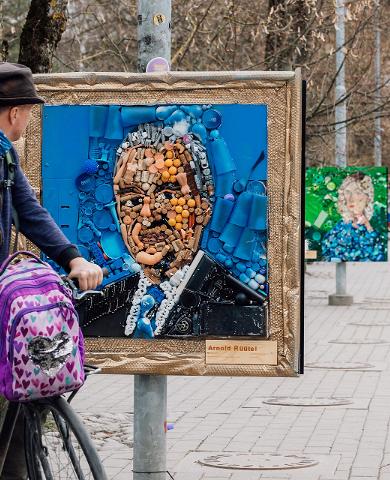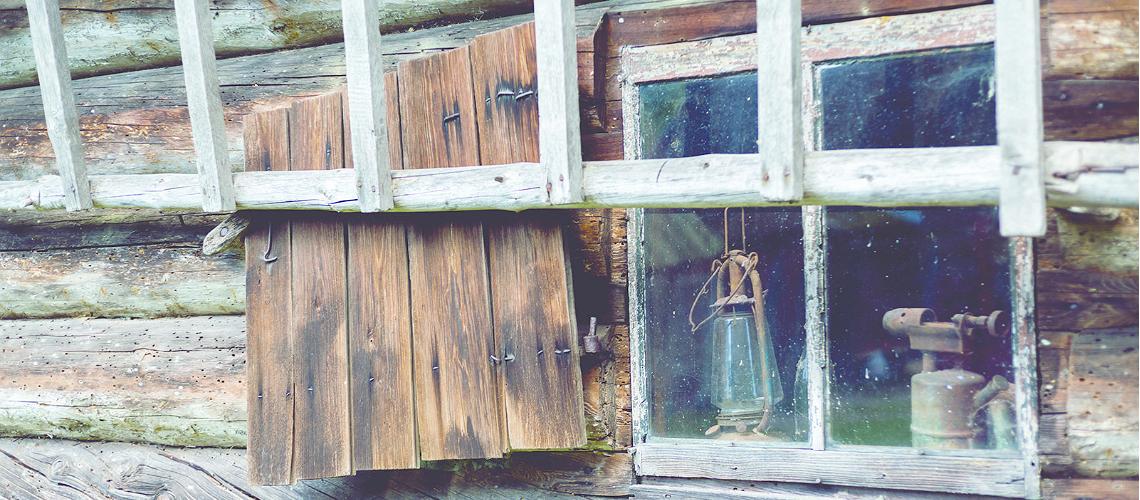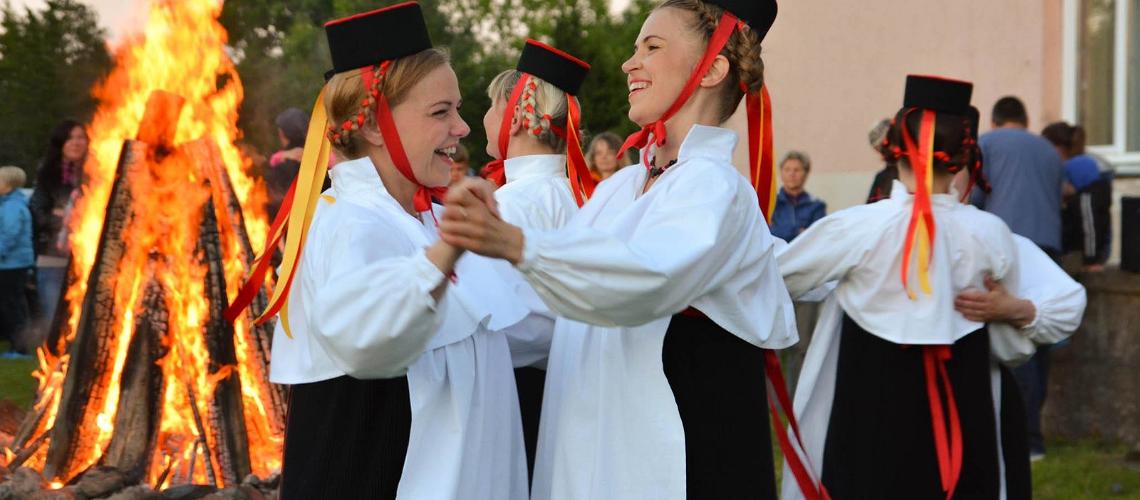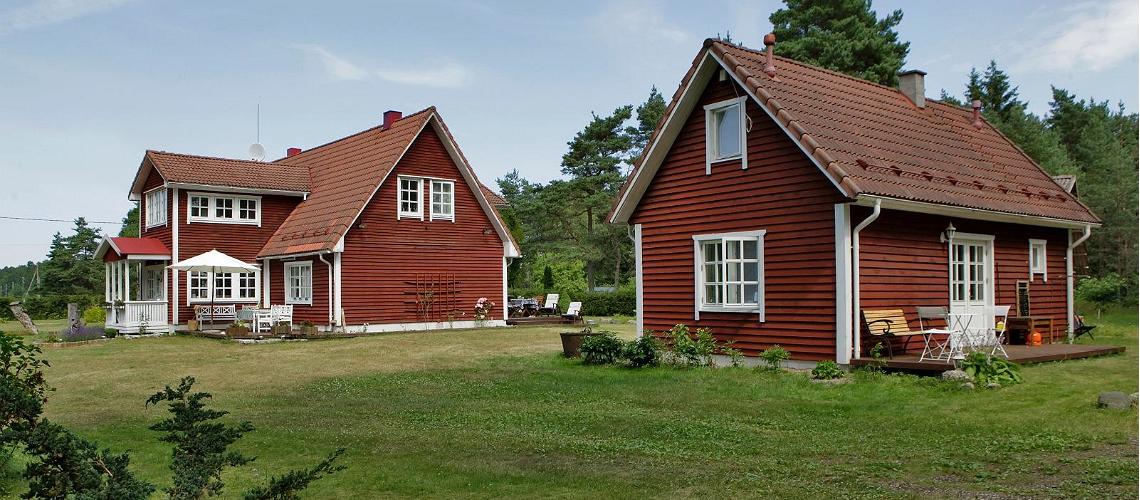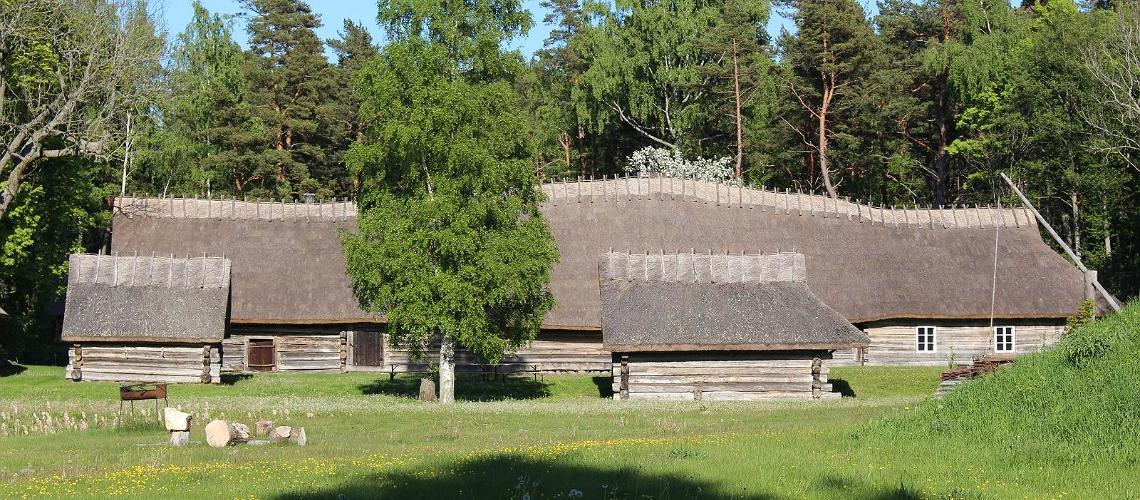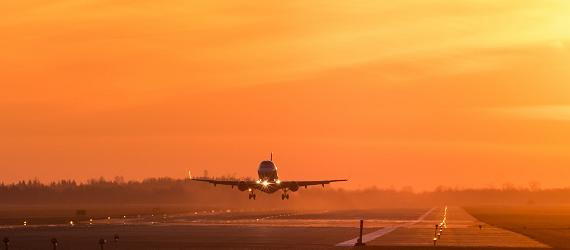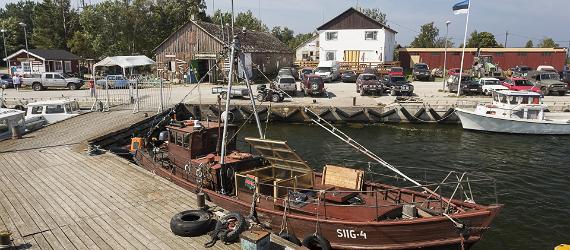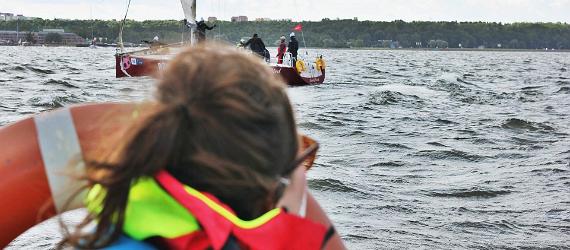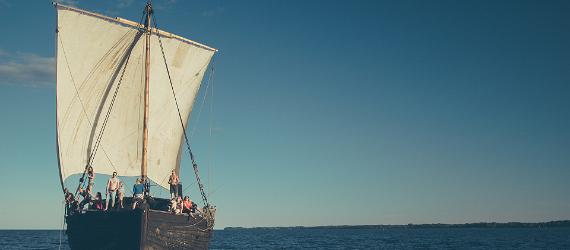A piece of Scandinavia on the west coast of Estonia
Before the beginning of World War II, you could often hear Swedish next to Estonian and German on the west coast of Estonia. The people who lived there were Estonian Swedes, who were also called Coastal Swedes due to the location of their residence. The main settlements of Coastal Swedes were Ruhnu and Vormsi Island, Pakri islands and the Noarootsi Peninsula, Riguldi and Osmussaar. Coastal Swedes also lived in Vihterpalu and Naissaar, but there they had begun to mix with the locals by the 1930s, same as in Hiiumaa or Dagö, where the Swedish settlement had by then dissolved. Coastal Swedes called their homeland Aiboland.
If a modern Swedish speaker would have found themselves among Estonian Swedes, they would not understand much of what was being said. Estonian Swedes spoke a language that had developed by itself here on the edge of Estonia for 700 years.
Who are the Coastal Swedes?
It is not completely clear when exactly the Swedes inhabited Estonia’s coastal areas. They are first mentioned in the Haapsalu town law in 1294. The newest theory, however, suggests that Swedes might have immigrated from the second largest island of Sweden, from Öland to Vormsi in the beginning of the 13th century. One thing is certain, Swedes coming to the coast and islands of Estonia was arranged by high officials, a testimony of that is the so-called Swedish Law under which the Swedes lived here. According to that law the Swedes were free individuals and they had more rights than Estonians as serfs.
Coastal Swedes were simple fishermen, cattle farmers and farmers, as much as it was possible to farm the land on the rocky soil. What the fields gave was sold on the markets of Stockholm, Turku and Helsinki. Coastal Swedes were also known for hunting seals. Many Estonian Swedes grew up to be sailors and shipbuilders, even nowadays the galeas Hoppet sails in the Estonian waters in Riguldi, in the Spitham village. It is also the oldest remaining sailboat built in Estonia.
The black pleated skirts of Coastal Swedes’ folk costumes were clearly different from the folk costumes of Estonians. In Ruhnu and Vormsi, Estonian women still wore folk costumes daily in the 1930s. World War II ended the Swedish rule in Estonia. From 1943 to 1944, the majority of Coastal Swedes left Estonia to go back to their motherland. But Swedish place names on the coast and island are still a clear indicator of the 700-year history Swedes have had in Estonia.
Sights related to Coastal Swedes
To get a good overview of the life and history of Coastal Swedes, a good place to start is the Albolands Museum in Haapsalu. One of the crown jewels of the museum is the 20 meter-long “Coastal carpet”. It is a carpet that the museum staff and the people who gather there on Thursdays, the so-called Thursday-grannies embroidered for the visit of the King of Sweden in 2002. This was not the Swedish royal family’s first, nor their last visit to Estonia. The current King Carl XVI Gustaf visited Estonia for the first time in 1992, and her daughter, the Crown Princess Victoria visited Estonia in the summer of 2018 and took part of the re-consecration of the Holy Maria Chapel in Naissaar. Throughout history, Coastal Sweden peasants would write complaints to the King of Sweden, if squires tried to limit their rights and freedoms. The last time Estonian Swedes went to deliver a letter to the King was in 2013. Although this was not a complaint as much as it was a greeting to let the king know how the Coastal Swedes have managed in Estonia.
Haapsalu is often called the capital of the Estonian Swedes, because their main settlements were around Haapsalu. In addition to Coastal Swedes, Haapsalu has another connection to Sweden: Ilon Wikland, who is mainly known as the illustrator of the Astrid Lindgren books, spent her childhood here. In honour of Ilon Wikland, there is a gallery and an activity centre mainly for children called Ilon’s Wonderland.
On the cemetery of Vormsi island, known in Swedish as Ormsö, you can see sun crosses. There are more sun crosses (350) in Vormsi cemetery than there are anywhere else in the world. Between the medieval Church of Saint Olaf and the cemetery, there is a memorial in honour of those fallen in the Estonian War of Independence; it is one of the few memorials that was not destroyed during the Soviet occupation. Probably because the text that is carved into the stone is written in Swedish and the foreign powers who arrived to the island did not understand it. There is a local farm in Sviby, where you can get a better idea of the life of Vormsi Swedes. Vormsi local union also helped to establish a small museum there.
Noarootsi, known in Swedish as Nuckö, became the centre of Coastal Swedes in the beginning of 20th century. It is where all the most important Estonian Swedish organisations were established. There was a Swedish Pürksi community college there in Pürksi mansion in the 1920s and 1930s, where young Estonian Swedish people gathered knowledge about the modern ways of agriculture and homemaking. Across the road from the Noarootsi Church, there is a pastorate, one of the oldest wooden buildings in Estonia.
Osmussaar is also a part of Noarootsi. In Swedish it is called Odensholm and according to a legend its name comes from the fact that the ancient Scandinavian God Odin flew there to die. The seven families of Osmussaar had to give up their island when Soviet military bases were to be built there in 1939. Now the descendants of the Osmussaar people have restored the ruins of the chapel of Jesus in order to have outdoor sermons there in the summer.
As in Osmussaar, there is not much left of the Coastal Swedes settlements besides ruins in Väike- and Suur-Pakri (Stora- och Lilla Rågö) islands. Part of the reason for the destruction on Pakri islands was the fact that during the Soviet times, the islands were used as a training polygon for bombing. Pakri and Osmussaar, which had been uninhabited for decades, are now once again inhabited.
The furthest, in the Gulf of Riga, is Ruhnu Island or Runö which is closer to the Latvian Coast than to Estonian Coast. According to a legend, the Ruhnu Swedes got to choose in the 1920s whether they want to be a part of Estonia or Latvia. The deciding factor that dipped the scales towards Estonia were seals and women. The people of Ruhnu were excellent seal hunters and the best areas for that were left in Estonia. Coastal Swedish areas, where you could go and find a wife, were also part of Estonia. Despite the fact that Ruhnu Island is quite small, there are two churches that stand tightly side by side. The wooden church is built in 17th century and it is the oldest remaining wooden church in Estonia. Once it got too crowded, however, a stone church was built in the 20th century beside it. In the curchyard, you can find peculiar so-called “roofed” crosses where a trained eye can tell whether a woman or a man was buried underneath it. The last remaining farm buildings in Ruhnu are of the Korsi farm. Ruhnu Swede Tomas Dreijer gifted the farm to the Estonian government in 2008 and it is now open to the public.
Nowadays apart from the Aiboland Museum, the St. Michael's Swedish Church in the Old Town of Tallinn is also an important meeting spot for the Estonian Swedish. During the Soviet times, the church was used as a gym, but now it has been restored and sermons in Swedish are held there every Sunday. Next to the church, there is also a small museum where you can see church valuables that the Coastal Swedish took along when they left in 1944, but that have now been returned to their homeland.
In truth, Swedish language has not completely disappeared from Estonia along with the Estonian Swedes, who left when the war broke. During the summer, you can find the descendants of the Estonian Swedes in their former settlements, having built their summer houses on the lands that have been returned to them. Some of the descendants have also returned to live in Estonia permanently.






